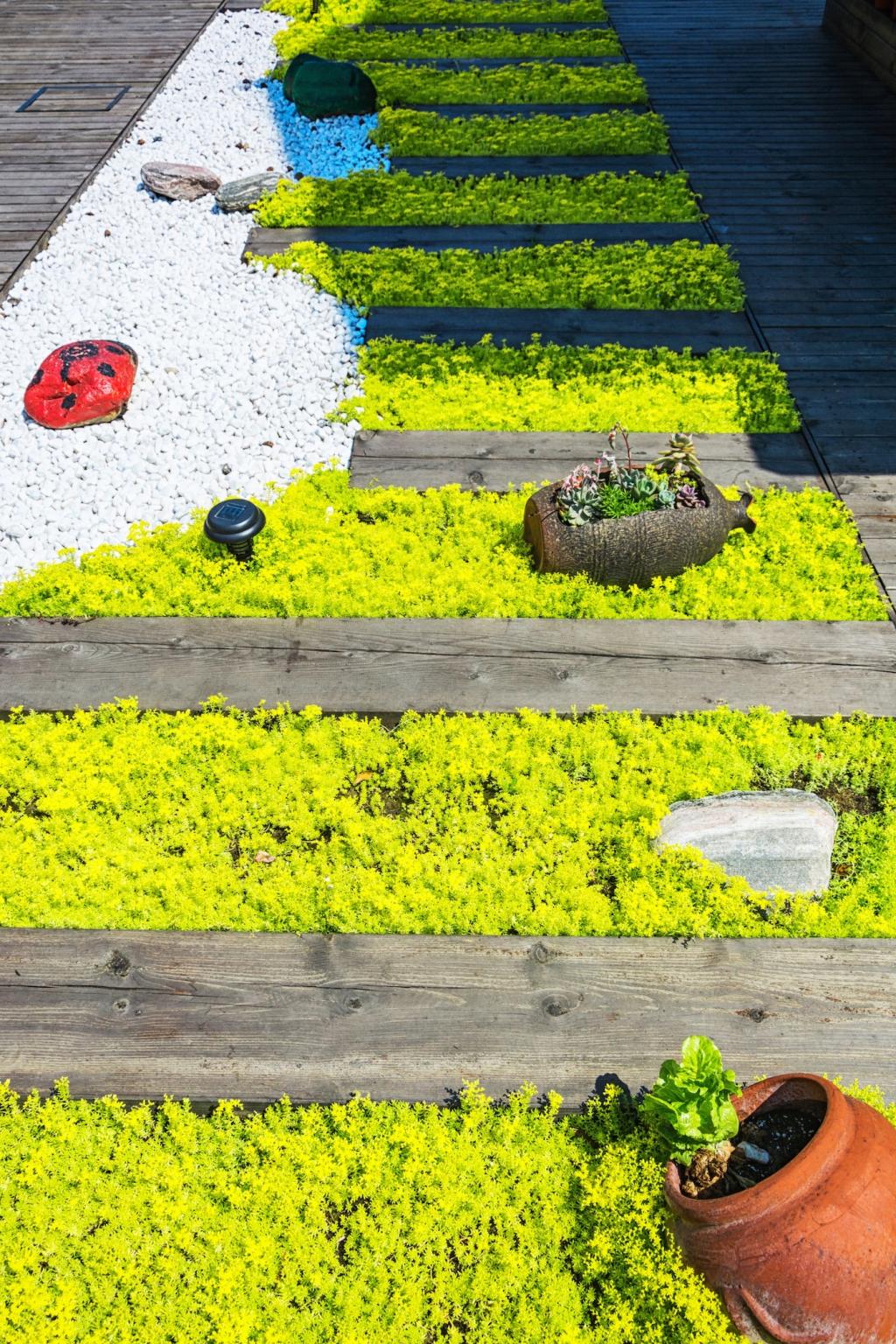Breathe Easier: Improving Air Quality with Green Roofs
Chosen theme: Improving Air Quality with Green Roofs. Welcome to a rooftop perspective where plants, people, and cities meet. Today we explore how living rooftops trap dust, cool neighborhoods, and inspire communities to care for the air we share.

Why Green Roofs Clean the Air
Leaves act like billions of tiny nets. Their textured surfaces catch airborne particles, while waxy cuticles hold dust until rain rinses it away. More leaf area means more filtration, and healthier foliage works hardest.
Designing a Green Roof for Air Quality

Mix hardy sedums with grasses and herbs that produce generous foliage. Rough, hairy, or corrugated leaves snag more particles. Diversity buffers weather swings, maintains coverage, and keeps filtration steady across seasons.

A Day on the Rooftop: An Anecdote
At noon, the tar softened and a hazy shimmer hovered above the vents. Wind whipped grit into corners, and opening the stairwell door felt like stepping into a hairdryer set to high.
Measuring Cleaner Air Without a Lab
Use a small particulate sensor and visit two spots: the green roof and a nearby bare surface at similar times. Consistent routines reduce noise and help you see trends rather than single-day surprises.
Keep a weekly log of plant vigor, leaf dust, wind direction, and recent rain. Photos of the same patch help reveal patterns. Community logs multiply insights—invite neighbors to contribute observations.
Weather, traffic, and construction can sway readings. Look for repeating patterns across weeks, and celebrate directionally positive changes. Share your methods in the comments so we can learn and refine together.
Policy, Incentives, and Scaling Impact
Incentives That Grow Urban Canopies
Some municipalities offer grants, tax credits, or stormwater fee reductions. These programs reward cooling, absorption, and filtration. Ask local officials, and tell us what you find so readers benefit citywide.
Retrofits Versus New Construction
New buildings can plan for load, drainage, and access early. Retrofits require careful structural checks and incremental approaches. Start with modular trays to test performance before expanding across the roof.
From One Roof to Many
Connected rooftops form corridors for airflow, pollinators, and people. A cluster can shave peak heat and distribute filtration benefits. Share this post to spark a network and map participants together.
Maintenance That Maximizes Filtration
Spring checks for winter damage, summer irrigation tuning, autumn thinning, and winter inspections of edges and drains. Gentle, regular care prevents setbacks and sustains leaf coverage for consistent air benefits.
Maintenance That Maximizes Filtration
Avoid blasting leaves with hoses; that strips captured dust back into air. Instead, encourage gentle rainfall rinses and light hand grooming while protecting insect habitat and the soil’s living community.


Safety and Structural Readiness
Consult qualified professionals about load, waterproofing, and access. Establish safe edges, walking paths, and anchor points. Good foundations protect people, buildings, and the living system you are nurturing.

Start Small with Modular Pilots
Use tray systems or deep planters to test species and irrigation. Observe cooling, dust capture, and maintenance effort. Scale in phases, guided by what performs best on your unique microclimate roof.

Join, Share, Subscribe
Comment with your site conditions and goals so we can recommend plant mixes. Subscribe for seasonal guides, workshops, and case studies on improving air quality with green roofs across different climates.
